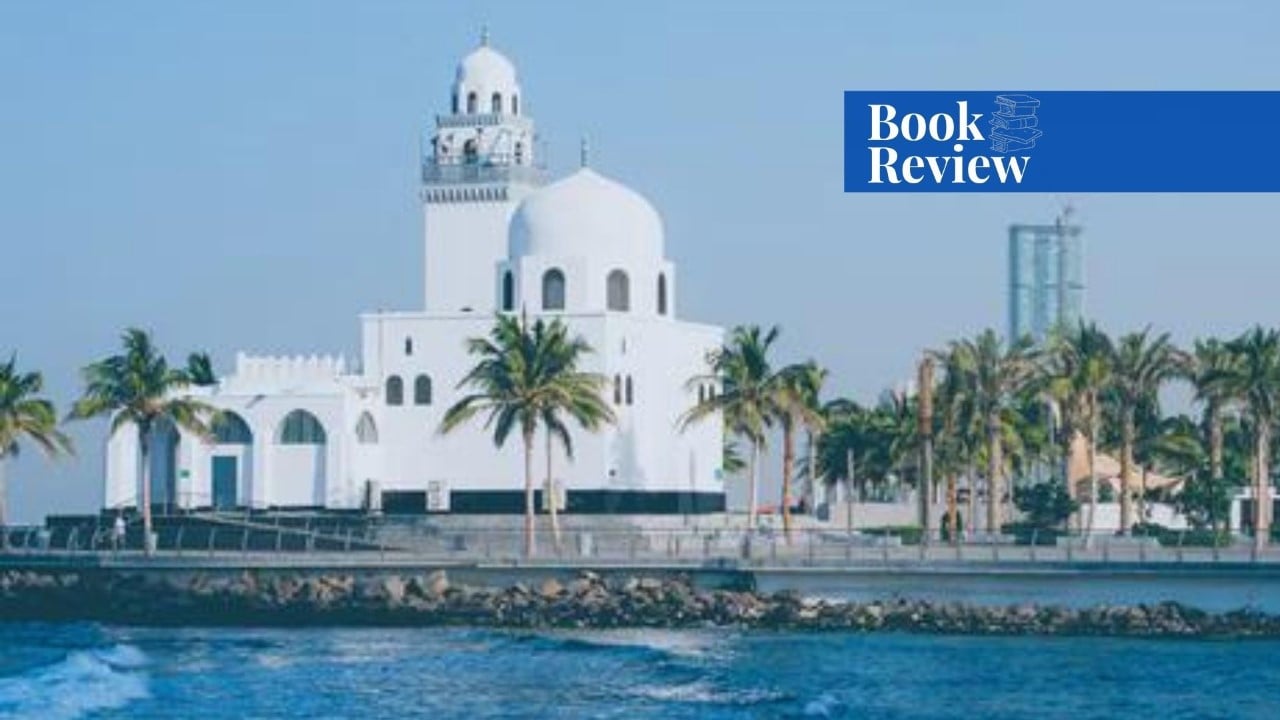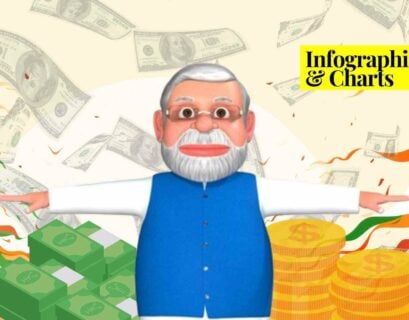Mr Salman Khan graduated with a degree in Political Science from the University of Peshawar.
Policies and Ties
The book “India’s Saudi Policy: Bridge to the Future” is written by Prof. P.R. Kumaraswamy, a professor of contemporary Middle East studies at Jawaharlal Nehru University, and Dr. Md. Muddassir Quamar, an Associate Fellow at the Institute for Defence Studies and Analyses in New Delhi. This book comes at an opportune time when the Middle East including Saudi Arabia has many changes, especially with respect to foreign policy.
The book has eleven chapters that cover all of the important social, economic, and political aspects of the partnership. Despite the fact that India and Saudi Arabia have many common interests, various reasons have prevented these two old neighbours from forging a stronger bond. The book delves into these aspects and how substantial policy changes have resulted in improved ties.
The title of the book is intriguing because it refers to “India’s Saudi policy” rather than “relationships.” Since independence, ideological differences, conflicting world views, and the Pakistani factor have operated as key roadblocks between India and Saudi Arabia. Nehru, a socialist, anti-colonial, and secular figure, was looking for like-minded people in the Middle East, which led to a stronger association with Egypt’s Gamal Abdul Nasser.
India’s Middle East Policy
According to the writers, India’s Middle East policy under Nehru was centred on Cairo. Nasser’s defeat in the June 1967 battle replaced his Pan-Arabism with Pan-Islamism, with Riyadh as its principal driver. Both parties saw each other as the friends of their immediate competitors throughout the Nehruvian Era. New Delhi’s technique of viewing the world via the Pakistani prism as well as Al-Saud- Nasser’s is affirmed in the book.
Due to the power imbalance, New Delhi and Riyadh drifted apart in the post-Nehru era. Following the creation of a new regional order and increased income from the 1973 oil boom, Saudi Arabia’s regional influence grew. With the exception of Prime Minister Indira Gandhi’s visit in 1982 wherein King Khalid and PM Gandhi advocated for stronger ties, political interactions were minimal.
This book attempts to look into a number of variables that influenced bilateral relations, including Islam, Pakistan, and Palestine. Even before the discovery of oil, Islam was a key link between Saudi Arabia and India. With almost 450,000 Indians visiting Mecca each year, Haj and Umrah have been critical in ensuring regular people-to-people connections.
The Pakistan Factor
The writers briefly noted how Saudi Arabia’s promotion of Salafi-Wahhabi Islam was a source of radicalism. During King Abdullah’s visit in 2006 to India, he stated that Saudi Arabia regarded “Pakistan as a brother and India as a friend,” emphasising the nature of commitment to both. The authors make frequent remarks about the Pakistani factor’s influence and devote an entire chapter to it.
Saudi Arabia’s support for Pakistan on key issues such as the Kashmir dispute, the 1971 Indo-Pak war, and OIC support for Islamabad has had a significant impact on India’s relations with Saudi Arabia. This book on India’s Saudi Policy depicts the post-Cold War timeline and the nature of ties.
The existing power asymmetry has started to balance itself in the twenty-first century, with Riyadh suffering worldwide backlash after 9/11 and India expanding its economic element. The visit of Jaswant Singh to Saudi Arabia in 2001 has been described as a watershed moment in bilateral relations. In the years that followed, three high-level political trips were made.
Declarations and Deals
The fact that King Abdullah was the primary guest at the 2006 Republic Day celebrations was the “most critical point” in the relationship. The King’s visit was marked by the signing of the Delhi Declaration, which established a broad framework for cooperation and committed both countries to work together for the common good.
The visit of Prime Minister Manmohan Singh in 2010 resulted in the Riyadh Declaration wherein India and Saudi Arabia pledged to work together to deepen strategic relationships. Security cooperation is gaining traction in Indo-Saudi relations, as evidenced by the joint statement issued in 2016 during Prime Minister Modi’s visit to the Kingdom, which included assurances of collaboration on cybersecurity, counter-terrorism, and other concerns.
By emphasising the absence of any references to this element in all joint statements since 2006, the authors reaffirm their claim on the benefits of de-linking Pakistan from bilateral discussions. The economic relationships between the two countries are broken down into three categories: energy, trade, and expatriates. Since 2006-07, the Kingdom has been India’s main crude oil supplier, ensuring the country’s energy security.
Saudi Arabia is India’s fourth-largest commercial partner, and trade and investment have increased significantly since the Prime Minister’s visit in 2016. In light of India’s expanding energy demands, the volume expresses hope for a deepened strategic collaboration. Around 3 million labour migrants from India live in Saudi Arabia, accounting for 10% of the country’s population. The new Saudi initiatives for nationalising labour forces and implementing Nitaqat have had little effect on the flow of Indian migrants.
Other foreign players, such as the United States, China, and Iran, have had an impact on Indo-Saudi ties, as detailed in the book. With Washington’s waning influence in the area, India no longer benefits from the warm relations it once enjoyed with the US. China is a rising force in Riyadh, as its largest commercial partner, and the Belt and Road Initiative and Saudi Arabia’s Vision 2030 are highly compatible. As a result, India would have to be ready to face China as a challenge in its relations with Saudi Arabia.
Toward the end of the book, the writers discuss some key issues that bilateral relations are currently facing. It discusses sectarianism in the Middle East and why India, which has the world’s third-largest Shia population, should stay away from Saudi-Iran conflicts. They also advocate for a more comprehensive approach to Islamic bond engagements, which provides Saudi Arabia with additional benefits.
The book posed that India’s willingness to keep Pakistan out of its Middle East Policy which coincided with Saudi’s Look East Policy has been the reason for the betterment of ties after the Cold War. The lack of comprehensive studies on the bilateral relations of two potential partners has been bridged by India’s Saudi Policy: Bridge to the Future.
If you want to submit your articles, research papers, and book reviews, please check the Submissions page.
The views and opinions expressed in this article/paper are the author’s own and do not necessarily reflect the editorial position of Paradigm Shift.



















